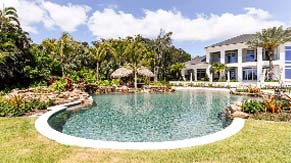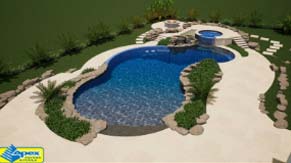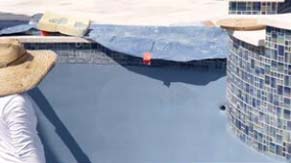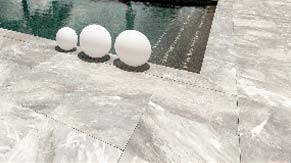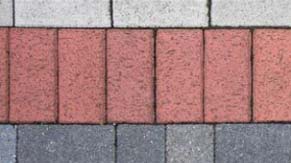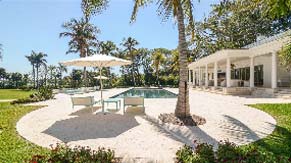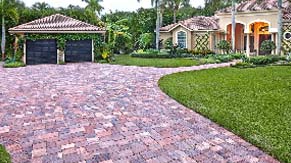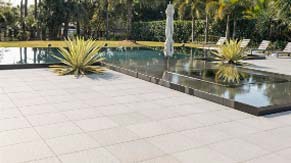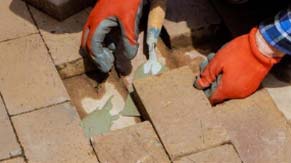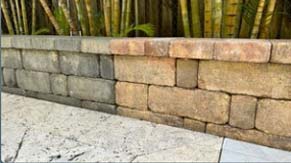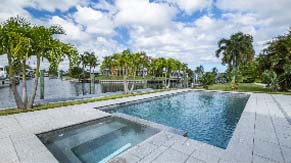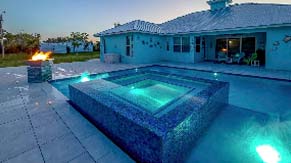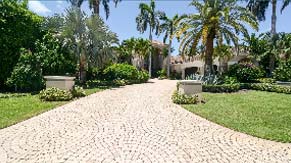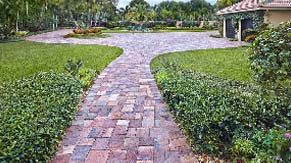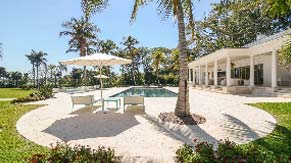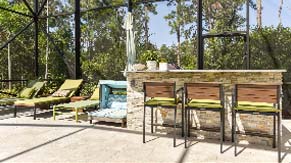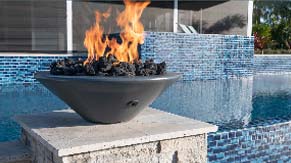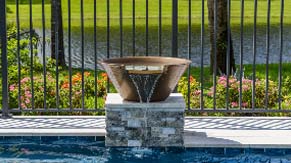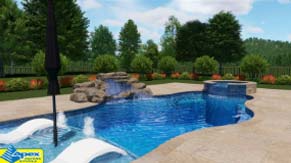Mastering Pool Water pH Testing for a Healthy Swim
Accurate pH testing is the cornerstone of effective pool maintenance. This class guides you through the essential steps and tools needed to precisely measure your pool's pH and alkalinity levels, ensuring a balanced and healthy swimming environment. Understanding these parameters is vital for swimmer comfort, the efficiency of your sanitizers, and the longevity of your pool equipment and surfaces.
You'll learn about recommended testing equipment, including the homeowner-friendly Taylor test kit (K2005) and highly accurate digital pH meters. Crucially, we'll show you how to integrate these tests with the Orenda app, a powerful digital tool that simplifies complex chemical calculations. The video also offers a clear, step-by-step demonstration of how to perform an alkalinity test, from proper water sample collection to interpreting the results, empowering you to make informed adjustments to your pool's chemistry.
What You'll Learn in Pool School:
-
The importance of pH and alkalinity in pool water balance.
-
How to use a Taylor test kit (K2005) and digital pH meters for accurate readings.
-
Step-by-step instructions for performing a pH test.
-
Detailed guide on conducting an alkalinity test, including sample collection and interpretation.
-
How to utilize the Arenda app to calculate precise chemical adjustments.
-
Best practices for maintaining optimal water chemistry for swimmer comfort and equipment longevity.
Why Accurate pH Testing is Critical
Swimmer Comfort: Incorrect pH levels can lead to eye irritation and dry skin, making swimming uncomfortable and potentially harmful.
Sanitizer Effectiveness: Chlorine's sanitizing power is significantly reduced outside the ideal pH range (7.4-7.6), compromising water safety.
Equipment Longevity: Balanced pH prevents corrosion of metal parts and scaling on pool surfaces, protecting your investment.
Essential Tools for Precision
For comprehensive home testing, the Taylor test kit (K2005) is a robust choice, providing accurate readings for multiple parameters. For quick and precise pH checks, a digital pH meter (easily found on Amazon) offers instant, highly accurate results, making it an excellent complement to your testing regimen.
Leveraging the Arenda App for Smart Adjustments
The Arenda app is an indispensable digital assistant for pool owners. After conducting your manual tests, you can input all your readings into the app. It then processes this data to provide precise, calculated recommendations for chemical adjustments. This eliminates guesswork, helps prevent over-dosing, and ensures your pool water achieves optimal balance efficiently and safely.
Step-by-Step Alkalinity Testing
The video meticulously demonstrates the alkalinity test, a key component of water balance. This involves:
- Collect Water Sample: Ensure you reach elbow-deep into the pool for accuracy when collecting your water sample.
- Fill Test Vial: Fill the test vial to the designated mark.
- Add First Solution: Add two drops of the first solution.
- Add Second Solution: Add five drops of the colored second solution.
- Count Third Solution: Count drops of the third solution until the sample turns pink, then multiply the drop count by ten to determine total alkalinity.
Pro Tips for Pool Water Testing
-
Test Frequently: Test pH and chlorine 2-3 times per week, and alkalinity/calcium hardness weekly for optimal water balance.
-
Calibrate pH Meter: Regularly calibrate your digital pH meter for consistent accuracy and reliable readings.
-
Proper Sample Collection: Always collect water samples from elbow-deep in the pool, away from jets and skimmers.
-
Record Readings: Keep a log of your test results and chemical additions to track trends and patterns.
-
Understand Your Chemicals: Know what each chemical does and how to apply it safely for effective pool maintenance
Key Takeaways
-
Accurate pH and alkalinity testing are crucial for pool health and swimmer comfort.
-
Utilize both physical test kits and digital meters for comprehensive analysis.
-
The Arenda app is an invaluable tool for precise chemical adjustment calculations.
-
Follow proper procedures for collecting samples and performing tests.
-
Consistent testing and informed adjustments prevent costly pool problems.
Why Choose Apex Pool School?
With over 20 years of experience in pool maintenance and construction, Apex Pool School offers the most comprehensive and practical pool education available. Our expert-led courses combine theoretical knowledge with hands-on techniques used by professional pool technicians.
Frequently Asked Questions
Here are some common questions about pool maintenance. If you have other questions, feel free to contact us.
pH is a measure of how acidic or basic your pool water is. Maintaining proper pH levels is crucial for swimmer comfort, sanitizer effectiveness, and preventing damage to pool equipment and surfaces.
The ideal pH range for a swimming pool is typically between 7.4 and 7.6. This range is comfortable for swimmers and allows chlorine to work most efficiently.
It is recommended to test your pool's pH at least 2-3 times per week, especially during heavy use or after significant weather events. Daily testing is ideal for maintaining precise balance.
Common tools for testing pH include liquid test kits, test strips, and digital pH meters. Liquid test kits and digital meters generally offer more accurate readings.

